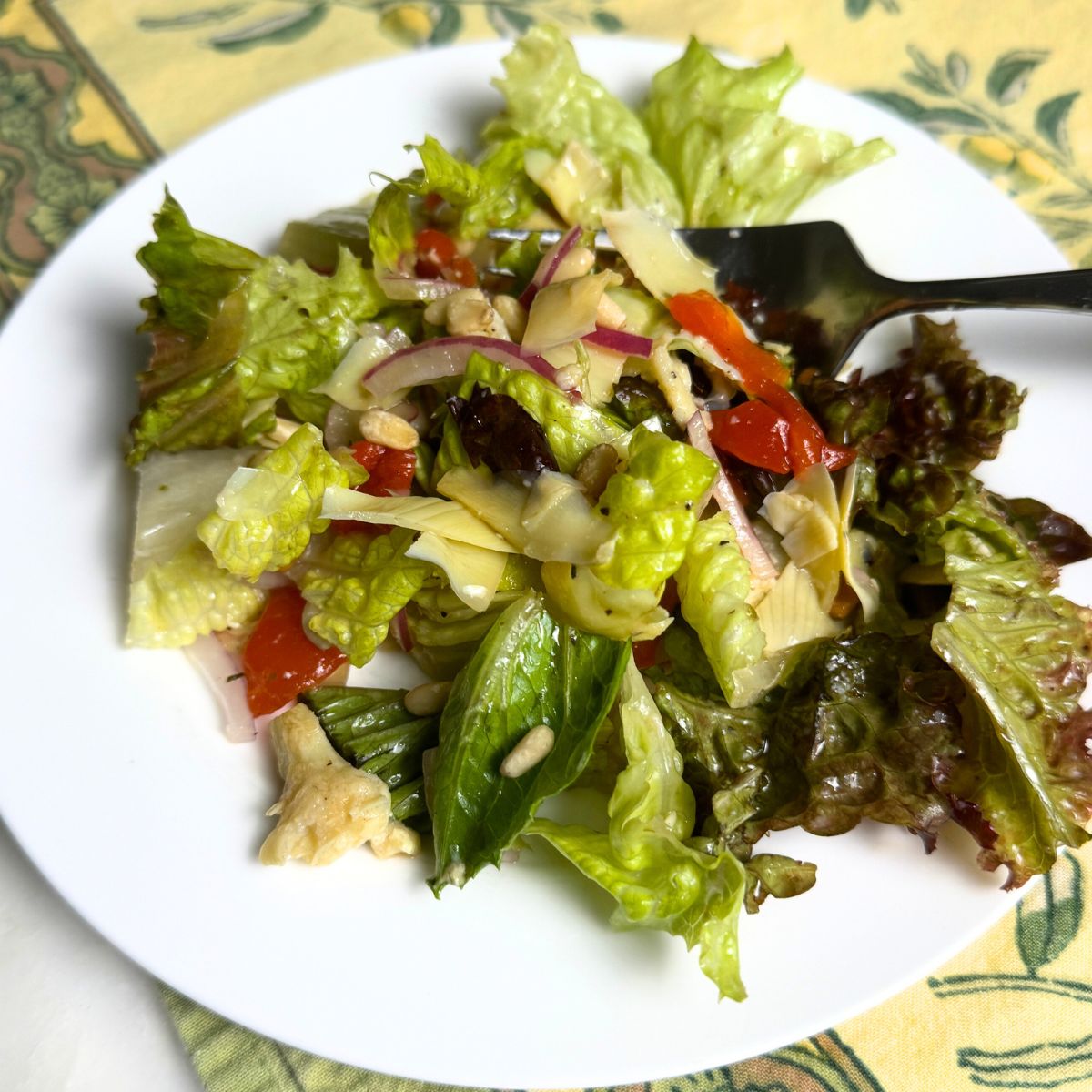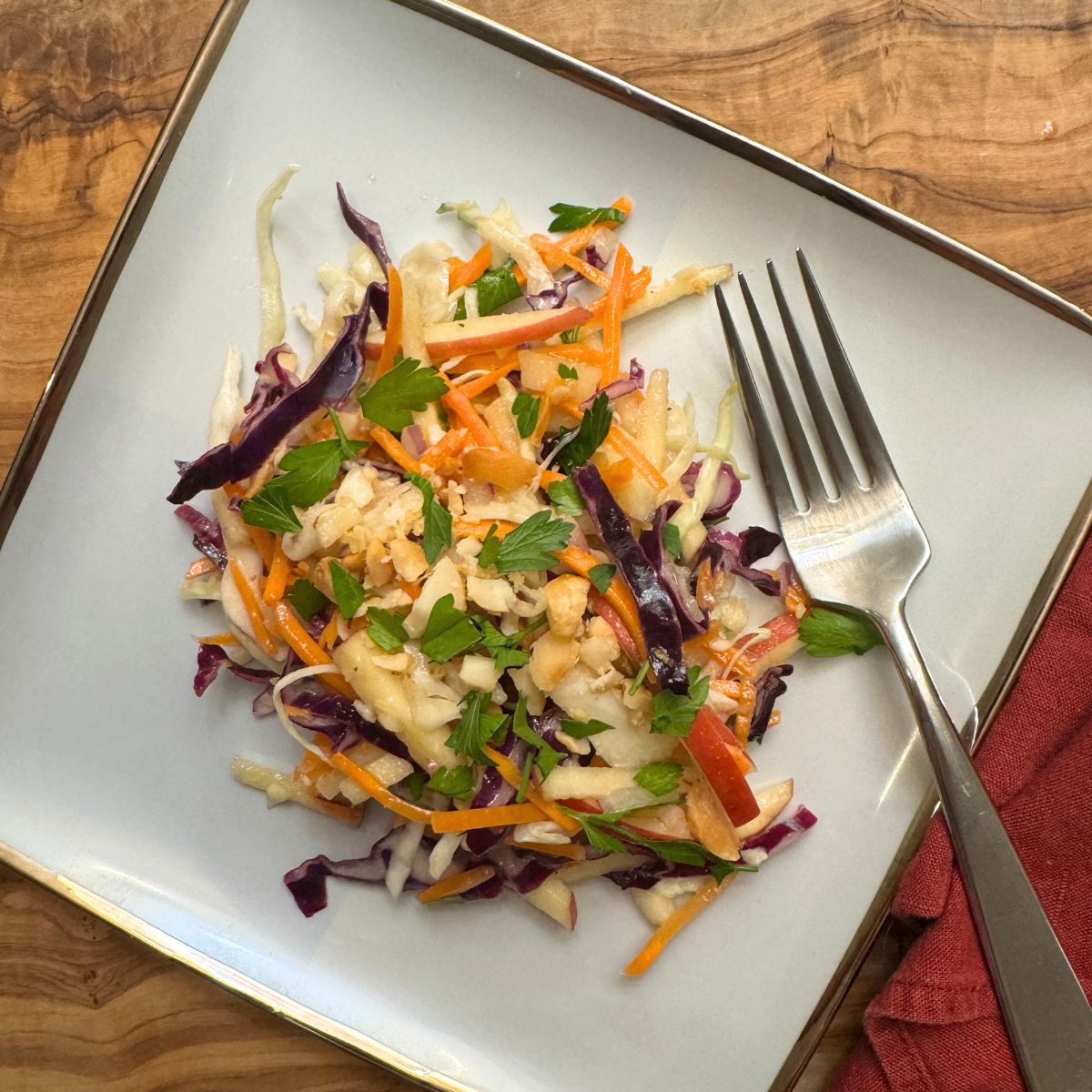Like most parents, my mom and dad used to tell me to “eat more veggies and fruits.”
But interestingly, they would just as often say, “eat a variety of veggies and fruits.” In other words, “more” meant a larger array of plant foods.
It’s not until recently as I’ve dug into gut health that I’ve realized how ahead of their time my folks were in recognizing the importance of plant fiber diversity for our overall health.
Maybe it’s because my mom had a master’s degree in food science and my dad had a PhD in Plant Genetics. Regardless, there’s a lot of chatter lately similar to what my parents preached about eating more plants to support our gut.
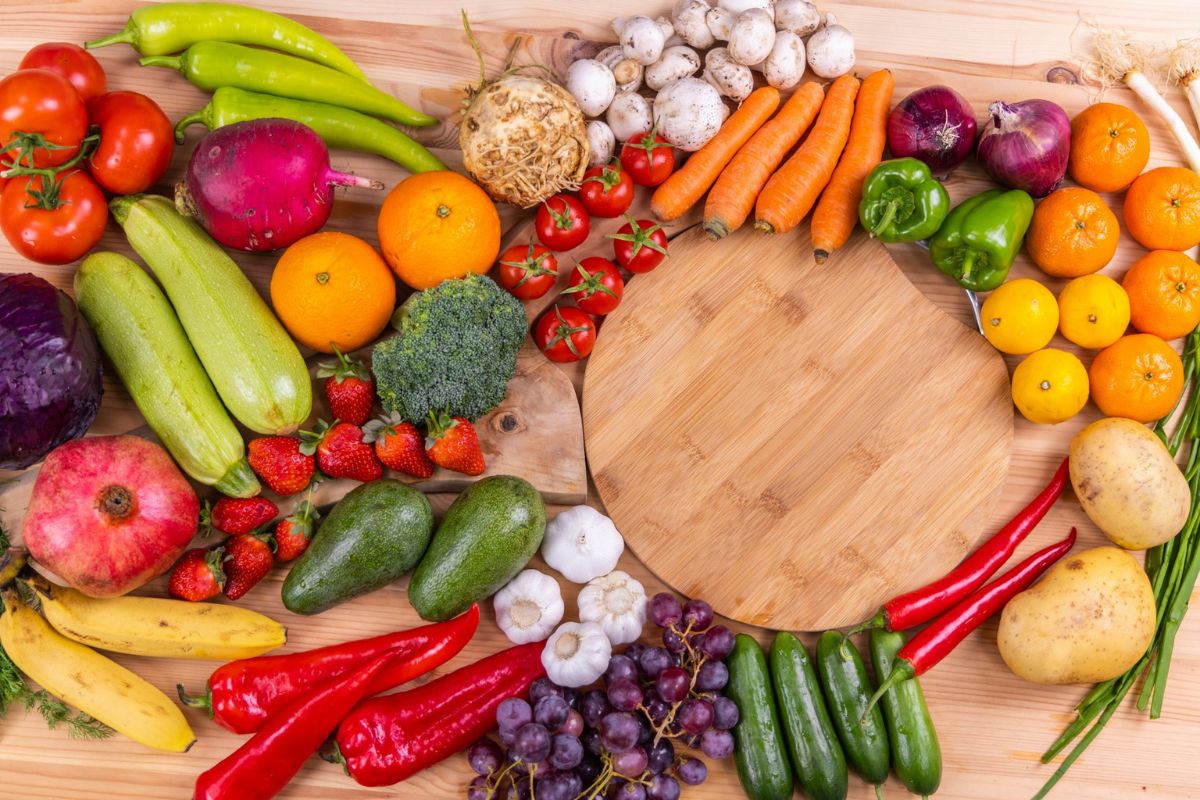
Photo thanks to Engin Akyurt.
How Your Gut Microbiome Supports Overall Health
The gut microbiome is a complex ecosystem of trillions of microorganisms that live in the human gut.
It includes bacteria, viruses, fungi, and other microorganisms that play a crucial role in human health and disease.
If you’ve read up on gut health, you might have heard experts like Mark Hyman, Andrew Huberman, Justin Sonnenburg, and Steven Gundry pontificate on the impact our gut microbiome has on our well-being.
The state of our gut microbiome impacts various aspects of health beyond our digestive system:
Immune system. Gut bacteria stimulate the immune system, helping to protect against pathogens.
Hormone levels. Our gut microbiome helps regulate hormones, including those related to stress (cortisol), appetite (ghrelin and leptin), and reproductive hormones (estrogen). Gut bacteria can influence the enteroendocrine cells in the lining of our gut, which produce hormones that affect digestion and metabolism (Dr Gundry).
Metabolism. Gut bacteria play a crucial role in the digestion and absorption of nutrients, and the metabolism of fats and glucose. By producing short-chain fatty acids (SCFAs) from the fermentation of dietary fiber, they fuel energy and metabolic health. Dysbiosis can disrupt these processes, leading to obesity and insulin resistance.
Mental health and brain function. The gut-brain axis is a two-way communication network that links the gut to the brain. Gut bacteria produce neurotransmitters like serotonin and gamma-aminobutyric acid (GABA), which affect our mood and cognition.
Skin health. An imbalanced gut microbiome can lead to systemic inflammation, which may manifest as skin issues like acne, eczema, and psoriasis.
Imbalances in the microbiome can lead to diseases such as autoimmunity, heart disease, and even cancer. The gut microbiome also affects our ability to absorb vitamins, nutrients, and medications.
What Exactly is Microbial Diversity?
Microbial diversity refers to the variety of microorganisms in your gut microbiome.
High microbiota diversity leads to a healthy gut microbiome which links to a range of healthy outcomes, including improved immune function and reduced inflammation.
Low microbiota diversity is associated with various health problems, including low immune function, inflammatory bowel disease, diabetes, obesity, and metabolic disorders.
A decrease in beneficial bacteria and overgrowth in detrimental bacteria creates an imbalance in gut microbial composition. Often called ‘dysbiosis’, this imbalance is associated with many diseases.

High Fiber Diet for Gut Microbes
Experts agree that diet modification — specifically eating a whole-food, high-fiber diet — is vital to improve the composition of our gut microbiome.
Diversity in the fibers we consume is important because certain good bacteria in our gut are picky about what they eat. If we don’t feed these good microbes, they die off.
Fiber-rich, minimally processed foods support a healthy microbiome. They can improve insulin sensitivity and fatty acid oxidation.
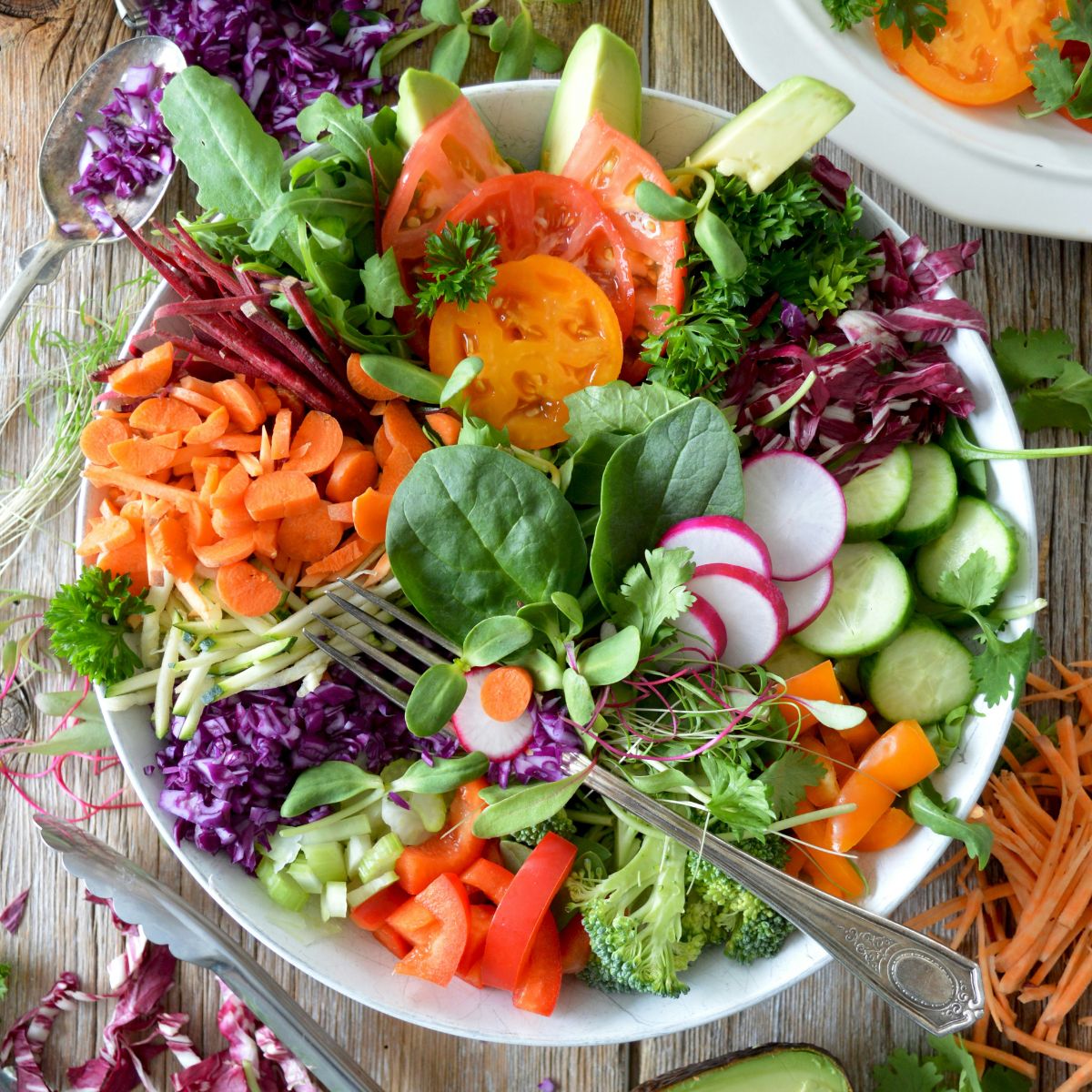
Photo thanks to Nadine Primeau.
Sadly, the prevalence of processed food in the Western diet negatively impacts our gut microbiome. These foods are low in fiber and high in sugar, fat, and animal protein, which can reduce microbial diversity and introduce toxic metabolites in the gut.
In addition to a poor diet, exposure to antibiotics, chronic stress, lack of exercise, pollutants, and toxins all contribute to dysbiosis in the gut.
More Plants = Gut Microbiome Diversity
To create microbiota diversity in our gut, we need plant fiber diversity in our diet. The greater the variety of plant fibers we eat, the wider the range of microbes we feed.
Remember, we’ve got a huge variety of microbes and some of them are choosy eaters. So supplying a big ‘menu’ of options is the key.
Our goal should be to consume as many unique plant species per week as we can. So unfortunately, if you’re a fan of green beans and carrots and only eat those two veggies most or all of the time, you are not doing your gut any favors.
40 Plants Per Week
Some gut health experts recommend eating 30 plants per week. Others say 40 plants per week. I say let’s overachieve and go for 40!
While a 40-plant-per-week challenge may sound intimidating, the good news is, different species of the same fruit or vegetable count as separate plant species. For example, a red bell pepper and yellow bell pepper each count. Purple cabbage and green cabbage each contribute to your count.
Also good news, it’s not just fruits and veggies that count. You can include grains, nuts, seeds, herbs, and spices as well.
In the Netflix documentary, Hack Your Health: The Secrets of Your Gut, one of the test subjects, Maya Okada Erickson, made a crazy 60-plant smoothie to diversify her gut microbiome. She grimaced while taking a sip, so it was an extreme (even desperate) move.
Instead of taking extremes like Maya, we can pace ourselves over the course of a week. 40 plant species across 7 days is roughly 6 unique plant-based things per day. Spread that over 3 meals in a day and that’s just two per meal. Sounds reasonable, right?
But remember, repetition in ingredients is not your friend. (If you’re eating leftovers, let’s hope it offers double the plant fiber value!)
Pictured above: Tuscan Salad with Artichokes.
Fermented Foods and Gut Health
Fermented foods, such as kimchi, kombucha, yogurt, kefir, miso, and sauerkraut can increase the diversity of gut microbes and improve immune responses.
These foods can improve the state of the gut microbiome, but it’s important to note that they don’t take permanent residence in our gut. They can’t instantly “cure” our microbiome as a one-time fix. Regular and routine consumption of fermented foods is a more effective approach to boosting good gut microbes.
How can we add fermented foods to our diet, especially if they seem strange or unfamiliar?
At breakfast or snack time, consider incorporating low-sugar yogurt, kombucha, or kefir. For lunch or dinner, try a pinch of kimchi on the side of your meal, or sauerkraut on your salad or sandwich. If you like Japanese flavors, consider adding miso to your diet (try recipes in this article).
Pictured above: Oven Baked Miso Chicken.
Polyphenols and Gut Health
Polyphenols are a group of naturally occurring compounds found in plants that contain multiple phenol units. They are known for their antioxidant properties, which help protect the body from damage caused by free radicals.
Our goal should be to feed the “good guys” in our gut and suppress the “bad guys”. Polyphenols help us do that because they don’t get absorbed until they are in our colon, where good bacteria feed on them.
So where can we get polyphenols?
Highly pigmented plants are rich in polyphenols. Richly-colored fruits and veggies that are blue, black, red, purple, orange, and green are all great sources of polyphenols.
Enjoy fruits like blueberries, blackberries, cherries, plums, pomegranates, and apples. Or veggies like carrots, sweet potatoes, red cabbage, red onion, artichokes, chicory, and spinach. Capers and olives also have high polyphenol content.
Many people don’t realize that herbs and spices also deliver polyphenols. Cloves, peppermint, star anise, oregano, parsley, sage, marjoram, curry, cumin, cinnamon, and cacao are rich in polyphenols.
Teas like black tea and green tea/matcha powder deliver a lot of polyphenols.
Finally, raw nuts and seeds, as well as red and black rice, are also polyphenol-rich.
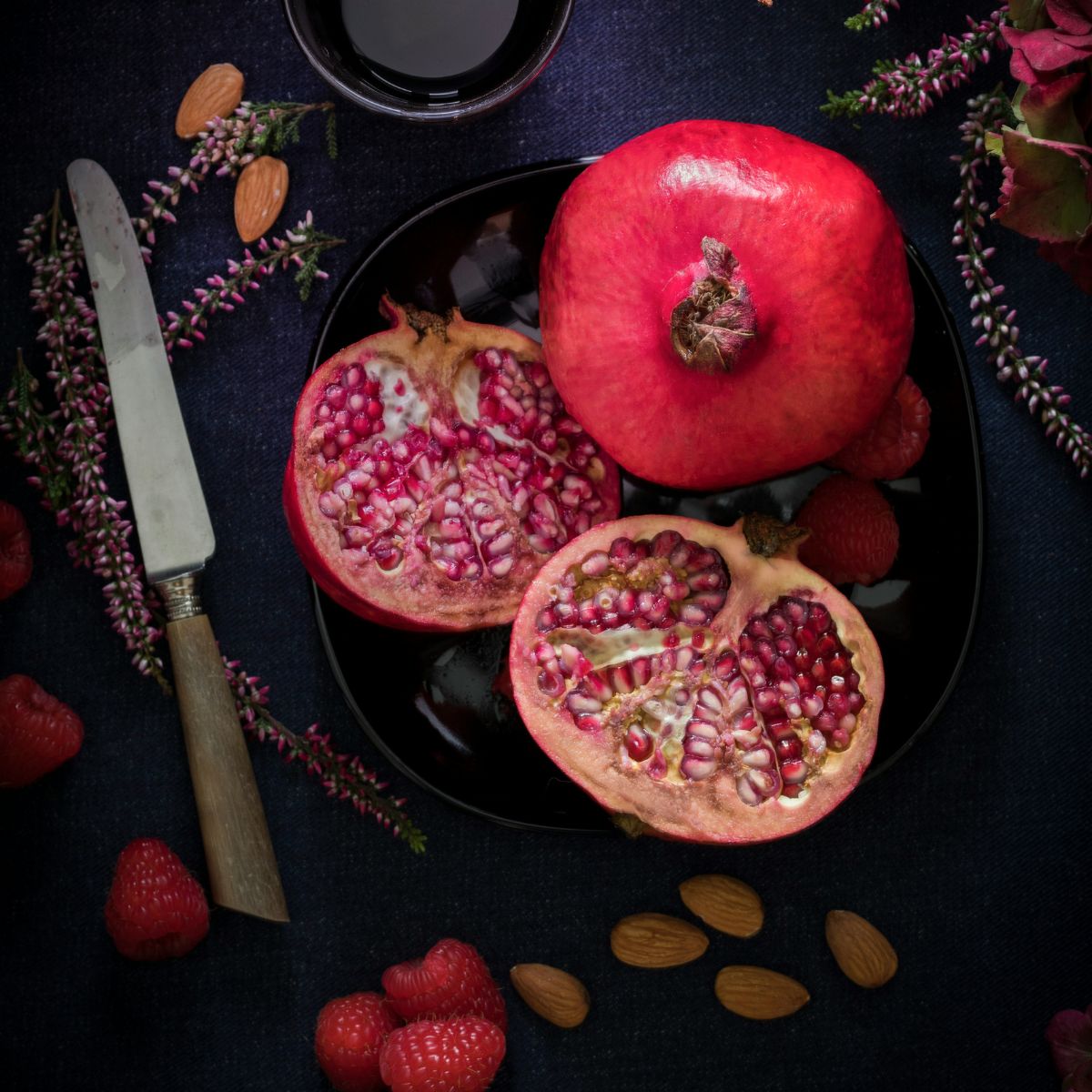
Prebiotic Foods and Gut Health
Prebiotics are non-digestible components that are abundant in high-fiber foods that stimulate the growth of beneficial bacteria in our colon. Certain starches, oligosaccharides, inulin, and pectin are examples of prebiotics.
Vegetables that are rich in prebiotics include chicory roots, Jeruselum artichokes, garlic, onions, leeks, asparagus, mushrooms, konjac root, broccoli, carrots, cauliflower, and beets. Fruits like bananas and apples offer prebiotic benefits.
Finally, chickpeas, pinto beans, pumpkin seeds, flax seeds, and certain other legumes are rich in prebiotics.
Pictured above: Chickpea Quinoa Kale Salad.
Resistant starches are a variety of prebiotic fiber that escapes digestion in the intestine. They act similarly to insoluble fiber and travel through most of our digestive system unchanged. When they ferment in the large intestine, they generate good bacteria.
By feeding beneficial bacteria, resistant starches help maintain the strength of our intestinal barrier (or “gut wall”). These bacteria then produce short-chain fatty acids that help us to digest food effectively and reduce food sensitivities.
Examples of resistant starches include jicama, parsnips, turnips, millet, cassava, and green bananas.
Maintaining Plant Fiber Diversity in Your Diet
Regularly eating 40 unique plant foods per week is easier said than done. Here are three quick tips to kick-start your plant diversity journey:
Smoothies: Start your day with a smoothie packed with polyphenol-rich fruits, along with some leafy greens. Think blueberries, raspberries, strawberries, mango, peach, apple, pear, spinach, and kale. You can add yogurt or kefir for probiotics, and matcha powder for a little caffeine and prebiotic benefit! In a single smoothie, you can easily pack in 5 – 8 plant fiber species. Try this Matcha Smoothie with Tropical Fruit and Greens.
Acai Bowls: An acai bowl is another way to start your day with lots of plant fiber variety. Plus, it’s more satisfying and substantial than a smoothie. Try this delicious Mixed Berry Acai Bowl, which offers 6 plant species in the berry base alone. Depending on your toppings, you could easily hit 10 to 12 in a single bowl!
Salads: Colorful salads or Buddha bowls are probably the easiest way to stuff a lot of plant fibers in one meal! For example, this Chickpea Quinoa Kale Salad offers 10 plant species in a single dish, while Tuscan Salad with Artichokes offers six. Apple Jicama Slaw is full of polyphenols, prebiotics, and resistant starch from jicama. To keep salads from getting tired, dress them with fresh, flavor-packed dressings like Sun-Dried Tomato Vinaigrette, 5-Minute Zesty Greek Dressing, or Miso Sesame Dressing. My family keeps these dressings on hand as regular motivators to eat more veggies!
Coming soon, we’ll publish an article with a specific meal plan (with recipes) to easily meet your 40-plant-per-week goal!

